A coke oven is a furnace used to refine coke. Modern coke ovens comprise a carbonization chamber, combustion chamber, regenerator, chute area, furnace top, foundation, flue, etc. The coal material in the carbonization chamber is heated and turned into coke under air-isolated conditions. What refractory materials are commonly used in coke ovens?
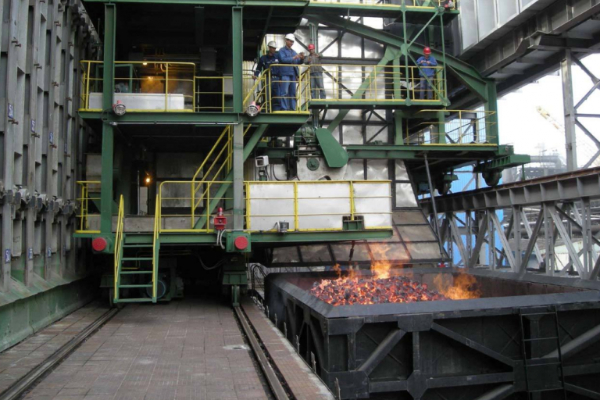
Silica brick
Silica bricks are mainly used in important parts of large and medium-sized coke ovens, such as combustion chambers, chutes, and regenerators. Silica brick is an acidic refractory material with good acid corrosion resistance. It has good thermal conductivity and high load softening temperature, generally above 1620°C, which is only 70~80°C lower than its refractoriness. The thermal conductivity of silica bricks increases with the increase in operating temperature, and there is no residual shrinkage. During the oven process, the volume of silica bricks increases with the temperature increase.
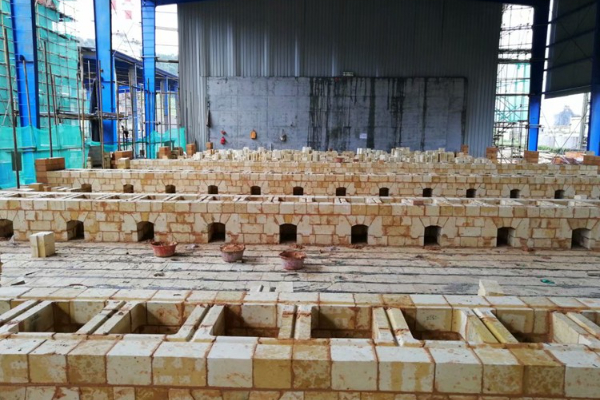
Clay bricks
Clay bricks can only be used in secondary parts of coke ovens, such as regenerator wall sealing, small flue lining and regenerator checker bricks, furnace door lining bricks, furnace roof and riser pipe lining bricks, etc. Because clay bricks are weakly acidic refractory products, they can resist the erosion of acidic slag and acidic gases but have slightly less resistance to alkaline substances. Clay bricks have good thermal properties and are resistant to rapid cooling and heating. Clay bricks have a low load softening temperature and shrink at high temperatures. Their thermal conductivity is 15% to 20% smaller than that of silica bricks, and their mechanical strength is also worse than that of silica bricks.
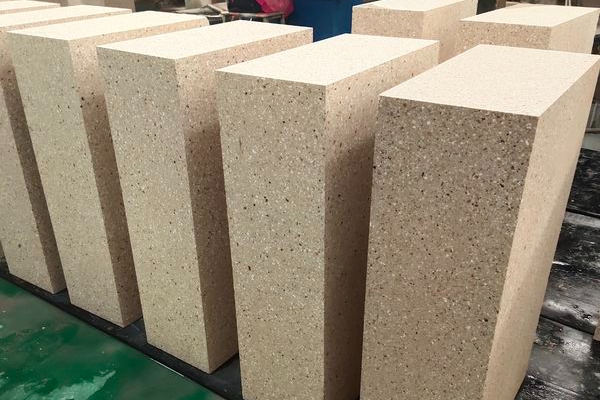
High alumina brick
The burner head of the coke oven combustion chamber and the bottom brick of the carbonization chamber are built with high alumina bricks, which has better results; however, it is not suitable to be used on the walls of the carbonization chamber because high alumina bricks are prone to curling and warping at high temperatures. The refractoriness and load softening temperature of high-alumina bricks are higher than those of clay bricks, and their slag corrosion resistance (especially against acidic slag) is better. These properties increase with the increase of Al2O3 content, but their thermal stability is not as good as clay bricks. High alumina bricks have high density, low porosity, high mechanical strength, and wear resistance.
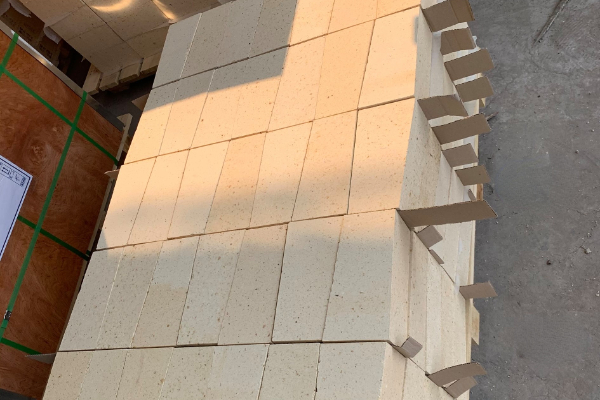
Fire clay
Clay fire mud for coke ovens is generally fine-grained and medium-grained, and the percentage of particles passing through 0.5mm and 1mm sieves should be greater than 97%. Clay fire clay is used not only for building clay bricks but also for repairing coke ovens.
Heat-resistant concrete
Heat-resistant concrete is mainly used as riser pipe and furnace door lining bricks, furnace roof track sleeper bricks to replace clay bricks, and is also used as coke oven roof paving. The advantages of its application in coke ovens are obvious. It quickly develops strength at room temperature and does not decrease at operating temperatures. I tua atu, there is no need to go through fire before use, which reduces the complex process of manufacturing refractory bricks. The preparation process is simple and can be cast into various shapes on-site. It can reduce the joints of masonry bricks, simplify the structure, simplify the brick type, and speed up the construction of the kiln.
Insulation materials
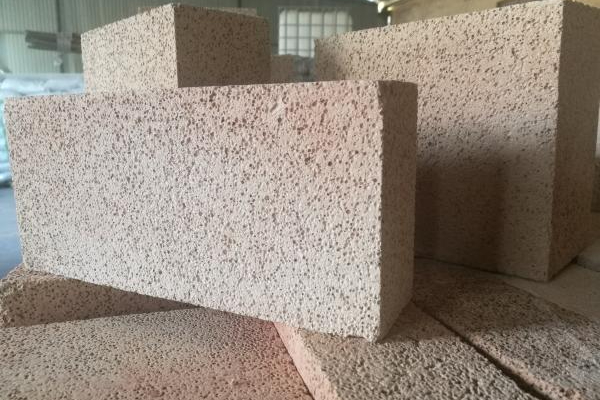
(1) Low-temperature insulation materials: used with temperatures below 900°C, such as diatomite, asbestos, slag, slag wool, vermiculite, perlite, etc.
(2) Medium temperature insulation materials: The use temperature is 900~1200℃, such as diatomaceous earth bricks, lightweight clay bricks, etc.
(3) High-temperature insulation materials: The use temperature is higher than 1200°C, such as high-aluminum lightweight insulation bricks, floating bead bricks, lightweight silica bricks, etc.
 Rongsheng Group
Rongsheng Group

WeChat
Matawai te Waehere QR me te wechat